Tricho Rhino Phalangeal Syndrome Type 1
Tricho rhino phalangeal syndrome type 1. Trichorhinophalangeal Syndrome Type I TRPS1 is an extremely rare inherited multisystem disorder characterized by fine thin hair. Tricho-rhino-phalangeal syndrome TRPS is an autosomal-dominant disease characterized by sparse and slow-growing scalp hair and craniofacial and skeletal abnormalities. TRPS I patients have sparse scalp hair bulbous tip of the nose long flat.
The Tricho-rhino-phalangeal syndromes I and II. Zinc finger transcription factor Trps1 is a protein that in humans is encoded by the TRPS1 geneThis gene encodes a GATA-like transcription factor that repre. Trichorhinophalangeal syndrome type I OMIM 190350 is an autosomal dominant disorder.
Genetic diseases are determined by two genes one received from the father and one from the mother. 65 rows Trichorhinophalangeal syndrome type 1 TRPS1 affects the face bones and other organs. Topic Tricho-rhino-phalangeal syndrome Type 1.
Trichorhinophalangeal syndrome TRPS is a rare autosomal dominant disorder caused by defects involving the TRPS1 gene. And multiple abnormalities of the growing ends epiphyses of the bones especially in the hands and feet. SOX12 Orthodenticle homeobox 2 ETS2 and more.
Mehta L Jain PK Saxena R Verma IC. Tricho-rhino-phalangeal syndrome Type 1 is similar to these genes. The features and symptoms of TRPS1 include sparse scalp hair a rounded nose a long flat area between the nose and the upper lip philtrum and a thin upper lip.
8244510 PubMed - indexed for MEDLINE. Tricho-Rhino-Phalangeal syndrome is a rare autosomal dominant genetic disorder caused by mutations in the TRPS1 gene. The name of the condition describes some of the areas of the body that are commonly affected.
Craniofacial defectssparse scalp hair a bulbous tip nose protruding ears a long flat philtrum and thin upper vermilion border. This malformation syndrome is characterized by distinctive craniofacial features including sparse scalp hair bulbous tip of the nose long flat philtrum thin upper vermilion border and protruding ears.
Mehta L Jain PK Saxena R Verma IC.
And abnormalities of the skin hair teeth sweat glands and nails. Tricho-rhino-phalangeal syndrome Type 1 is similar to these genes. Dominant genetic disorders occur when only a single copy of an abnormal gene is necessary for the appearance of the disease. The name of the condition describes some of the areas of the body that are commonly affected. Disease definition Trichorhinophalangeal syndromes TRPS type 1 and 3 are malformation syndromes characterized by short stature sparse hair a bulbous nasal tip and cone-shaped epiphyses as well as severe generalized shortening of all phalanges metacarpals. Trichorhinophalangeal syndrome type I TRPS I is a condition that causes bone and joint malformations. Trichorhinophalangeal syndrome type I OMIM 190350 is an autosomal dominant disorder. Buhler EM Buhler UK Beutler C et al. Tricho-rhino-phalangeal syndrome type 1 An autosomal dominant condition OMIM190350 which is allelic with TRPS type 3 characterised by.
Trichorhinophalangeal syndrome type I OMIM 190350 is an autosomal dominant disorder. Topic Tricho-rhino-phalangeal syndrome Type 1. Craniofacial defectssparse scalp hair a bulbous tip nose protruding ears a long flat philtrum and thin upper vermilion border. Slowly growing sparse hair laterally thin eyebrows bulbous tip of the nose long philtrum thin upper lip protruding ears. 65 rows Trichorhinophalangeal syndrome type 1 TRPS1 affects the face bones and other organs. The features and symptoms of TRPS1 include sparse scalp hair a rounded nose a long flat area between the nose and the upper lip philtrum and a thin upper lip. Buhler EM Buhler UK Beutler C et al.






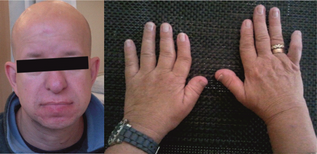
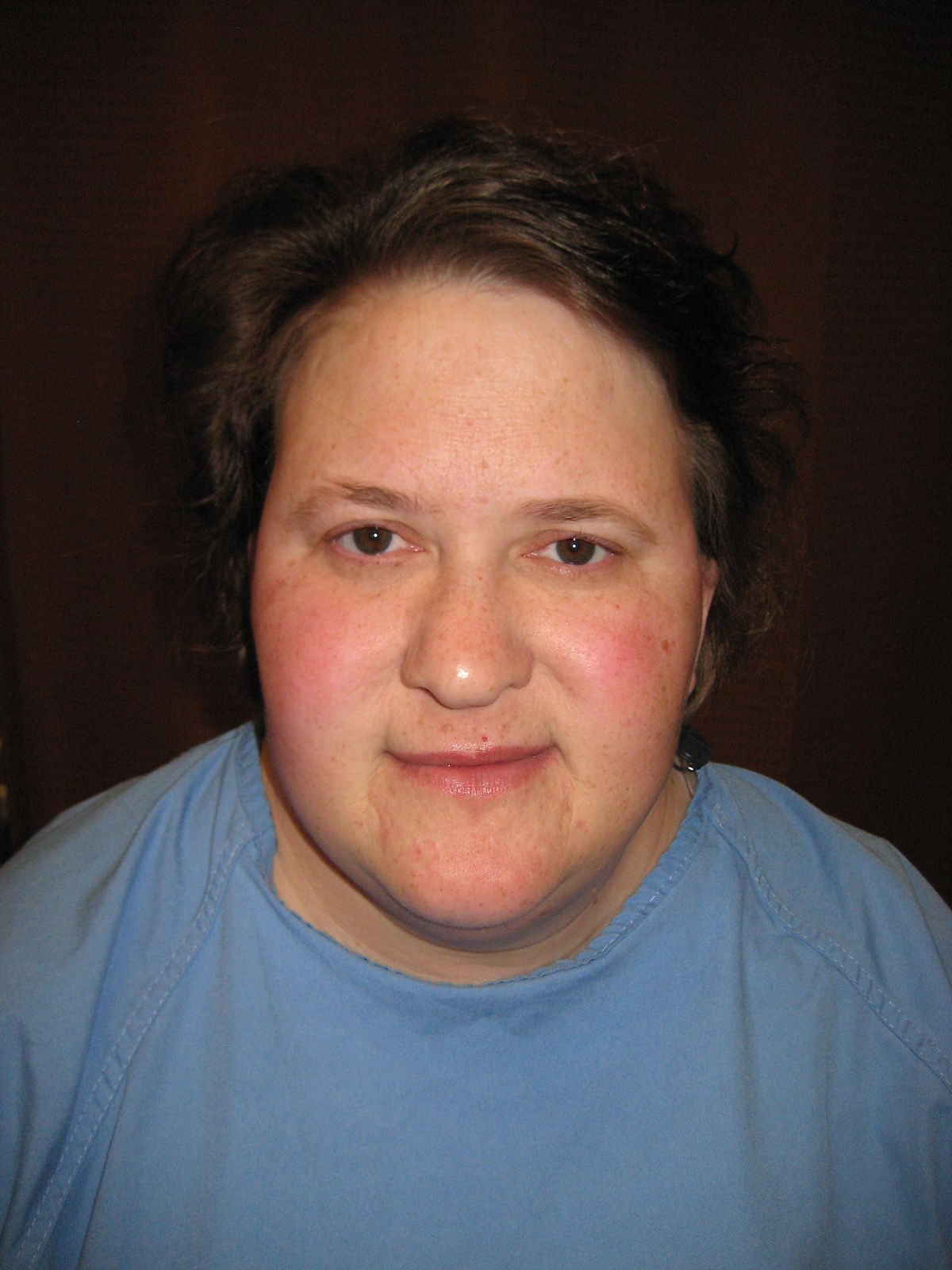
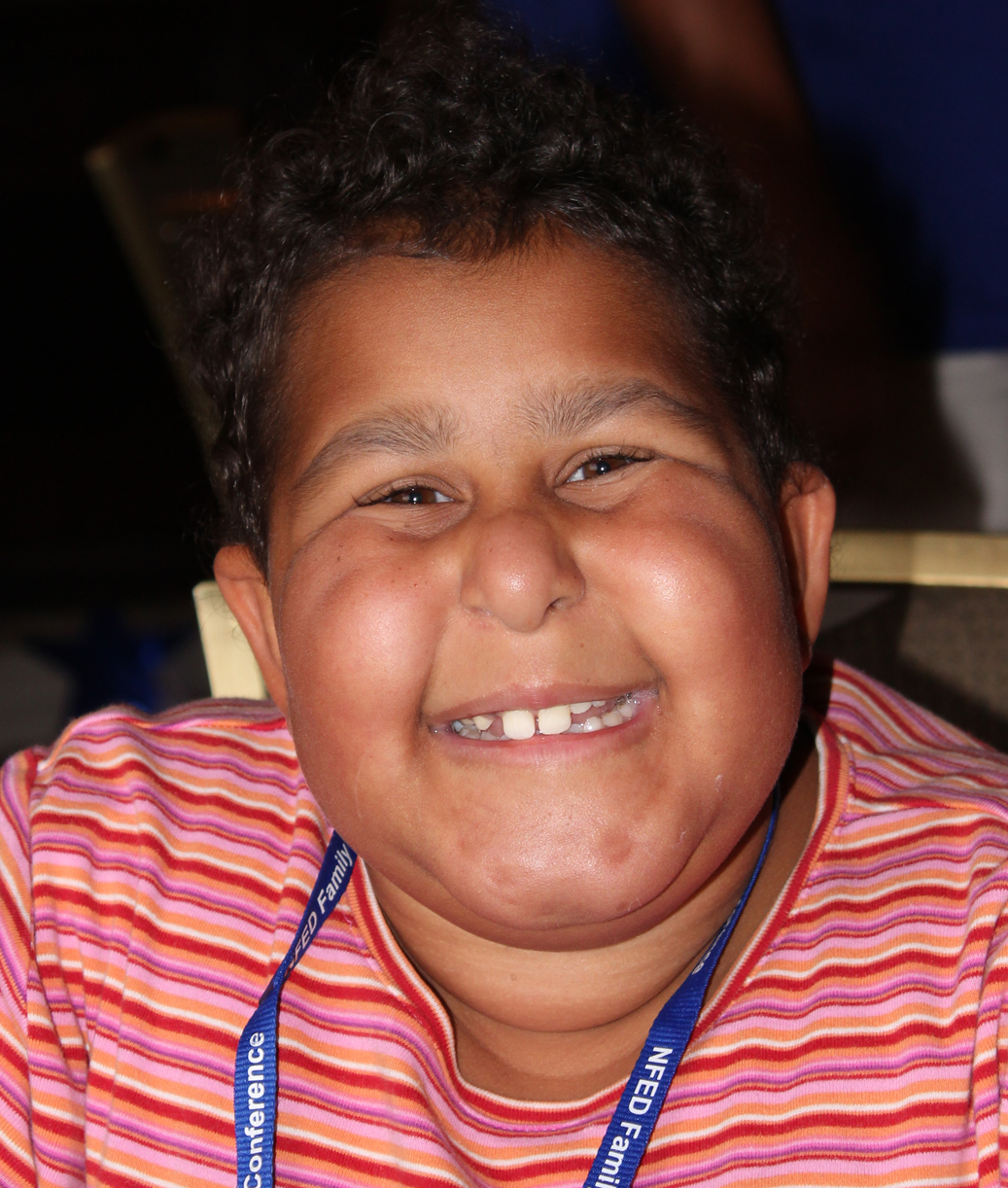










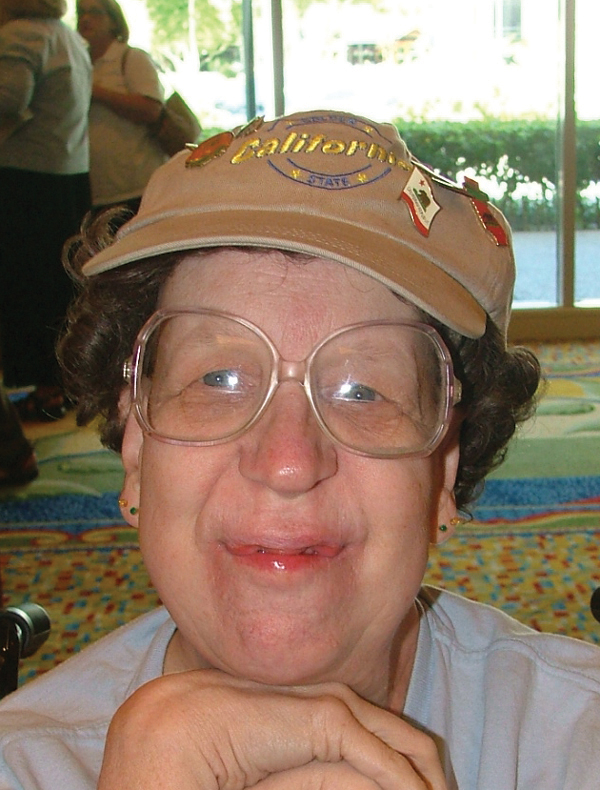




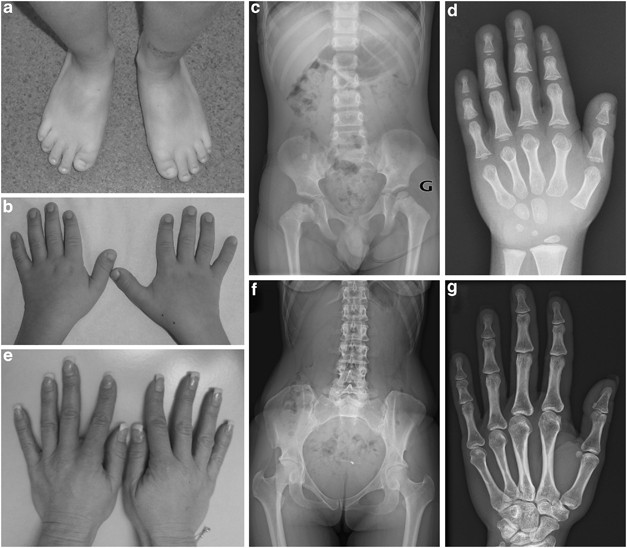
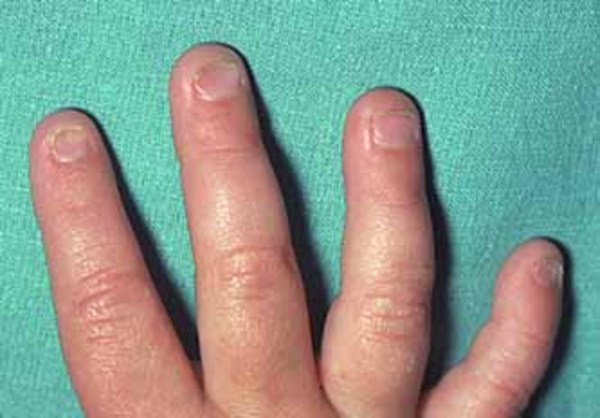




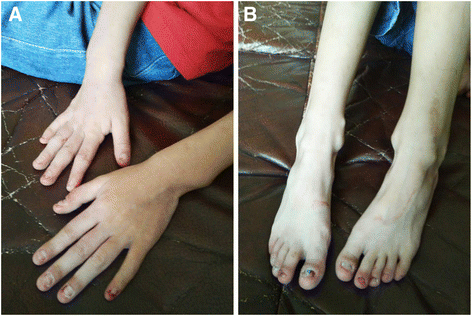



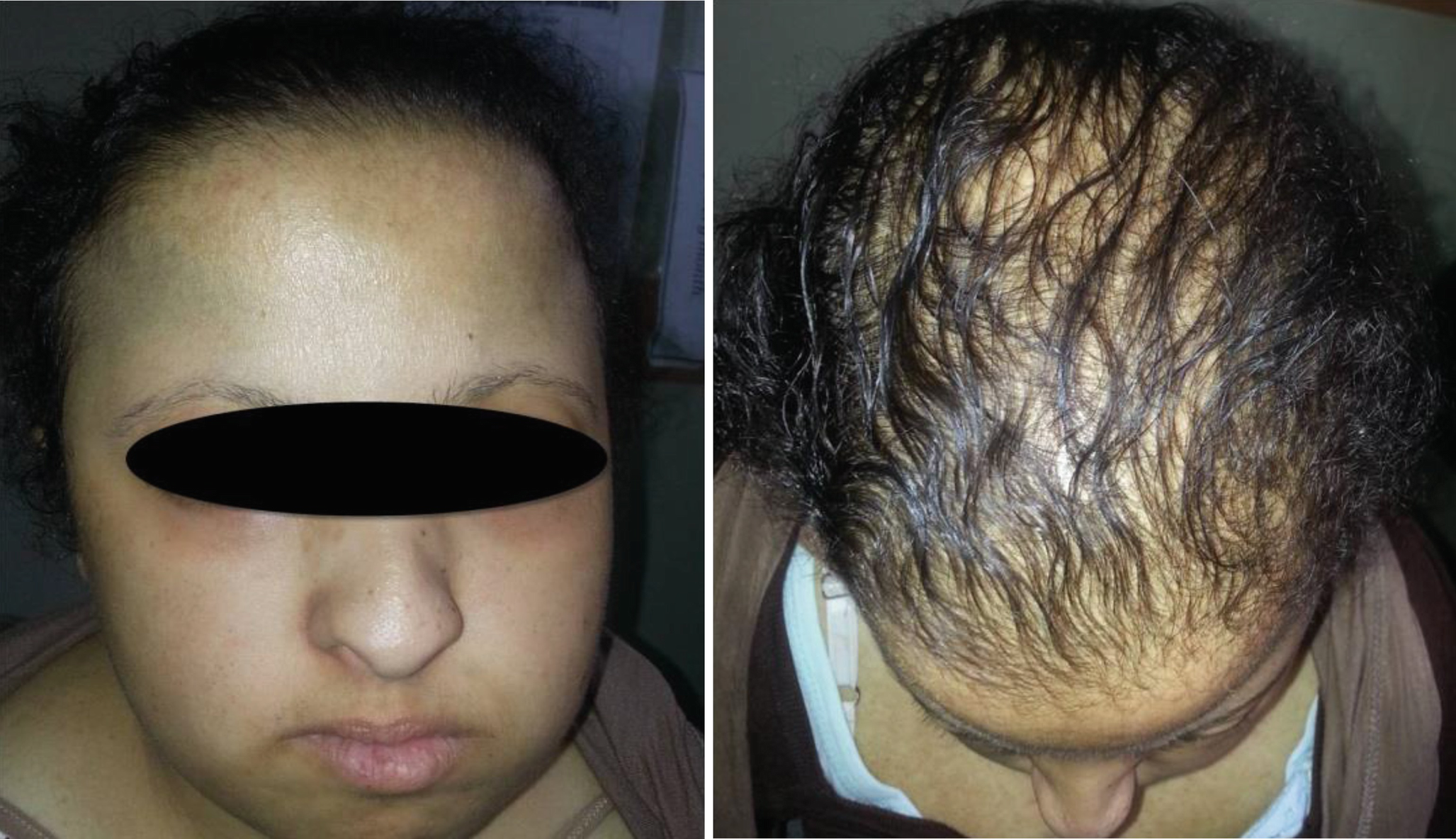


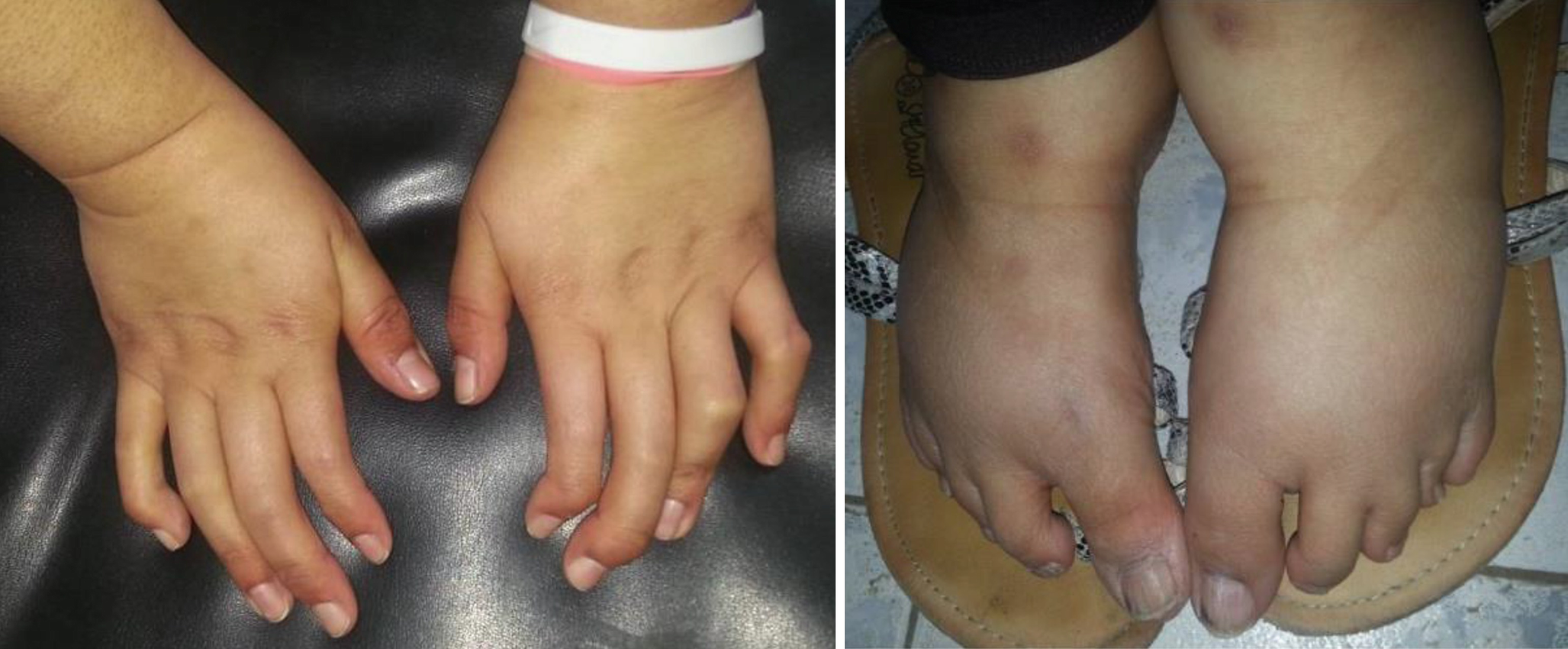
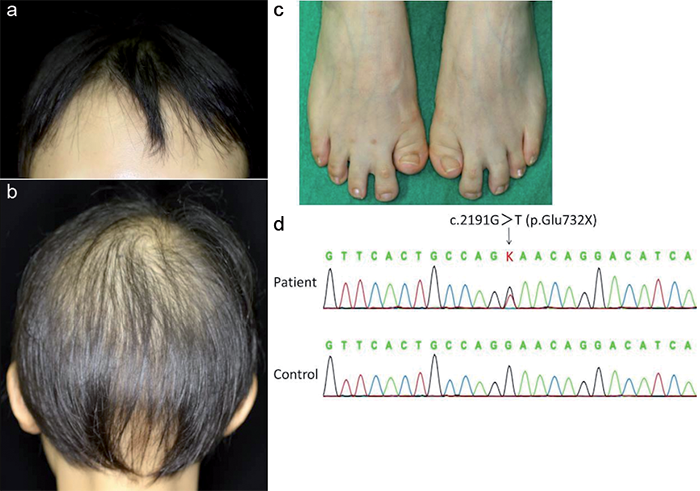
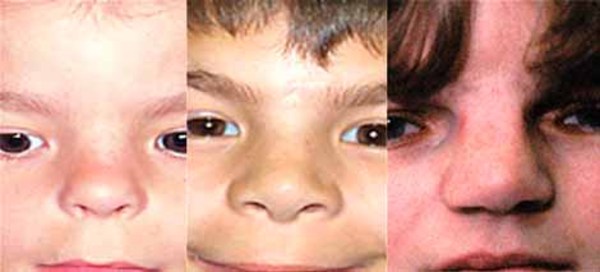



Posting Komentar untuk "Tricho Rhino Phalangeal Syndrome Type 1"